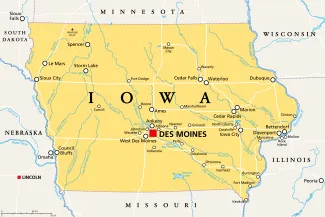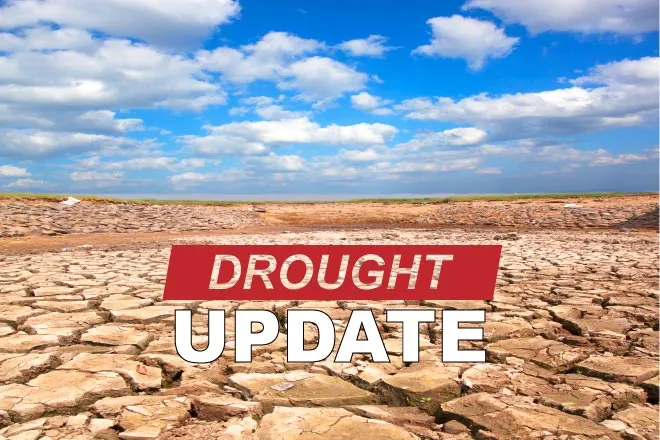
Changing climate contributes to record Iowa tornado season
Click play to listen to this article.
(Iowa News Service) Weather researchers at Iowa State University say a shifting climate and warmer ocean temperatures are partially responsible for a record number of tornadoes this spring.
More than 100 were reported in Iowa, in May alone.

Eleven hundred tornadoes were reported regionwide in May -- from Texas to Minnesota, and from West Virginia to Georgia. That's more than twice the 30 year average.
One of the fiercest killed five people and injured dozens in rural Greenfield, Iowa.
ISU Severe Weather Meteorologist and Professor of Meteorology William Gallus said extreme heat from a changing climate has increased ocean temperatures, and is one contributing factor to this year's storms.
"Mexico and Texas were having record high temperatures," said Gallus. "That was allowing the main source of energy."
Gallus said the weather pattern known as El Nino -- characterized by warmer ocean temperatures that prompt more precipitation and provide fuel for severe weather -- is now shifting to La Nina, marked by cooler seas and drier weather.
That could cause the rest of the tornado season to be less active.
Gallus said the high number of tornadoes in the region was unusual, since climate change models predict Iowa and neighboring states west of the Mississippi should being seeing below average numbers, which they have in recent years.
"The long-term trend has been for tornadoes to be hitting more places east of the Mississippi River," said Gallus.
Gallus said data show tornadoes occurring on fewer days each year, but coming in clusters and with greater intensity.
He says some storms that have been listed as Category F3 are probably F5's, but measurement methods in some areas are not adequate to gauge the storms' intensity.
















